Little India Riot Singapore:
A Reflection on Glitch Art and Media Control
2017
An exploration into the political sphere of riots, using the Little India Riot in Singapore as a point of departure, and the glitch as a point of consideration for the cause and purpose of resistance.
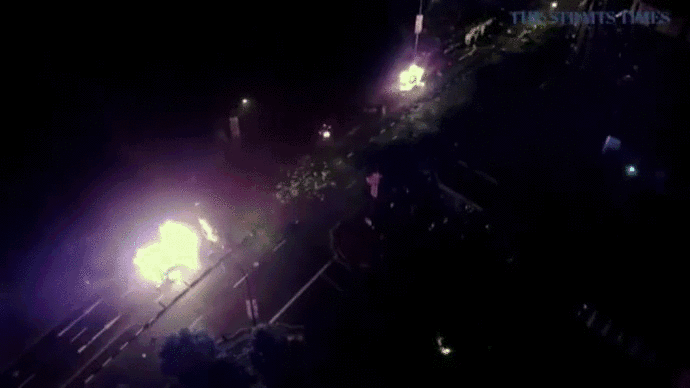
I had recently wrote an essay regarding Foucault’s notion of discipline and punishment delving briefly into the Foucaultian perspective of discipline and punish in terms of media and its control over the population. The research done on this essay sparked a deeper interest into how media can be used as a tool to influence thought and as a result, produce various discourses or “truths” about contemporary society. After all, such “truths” can be seen widespread throughout the realm of media, mainly through channels we are in constant engagement with, such as mainstream television broadcasted news and newspapers or the vast and open field of the inter-web.
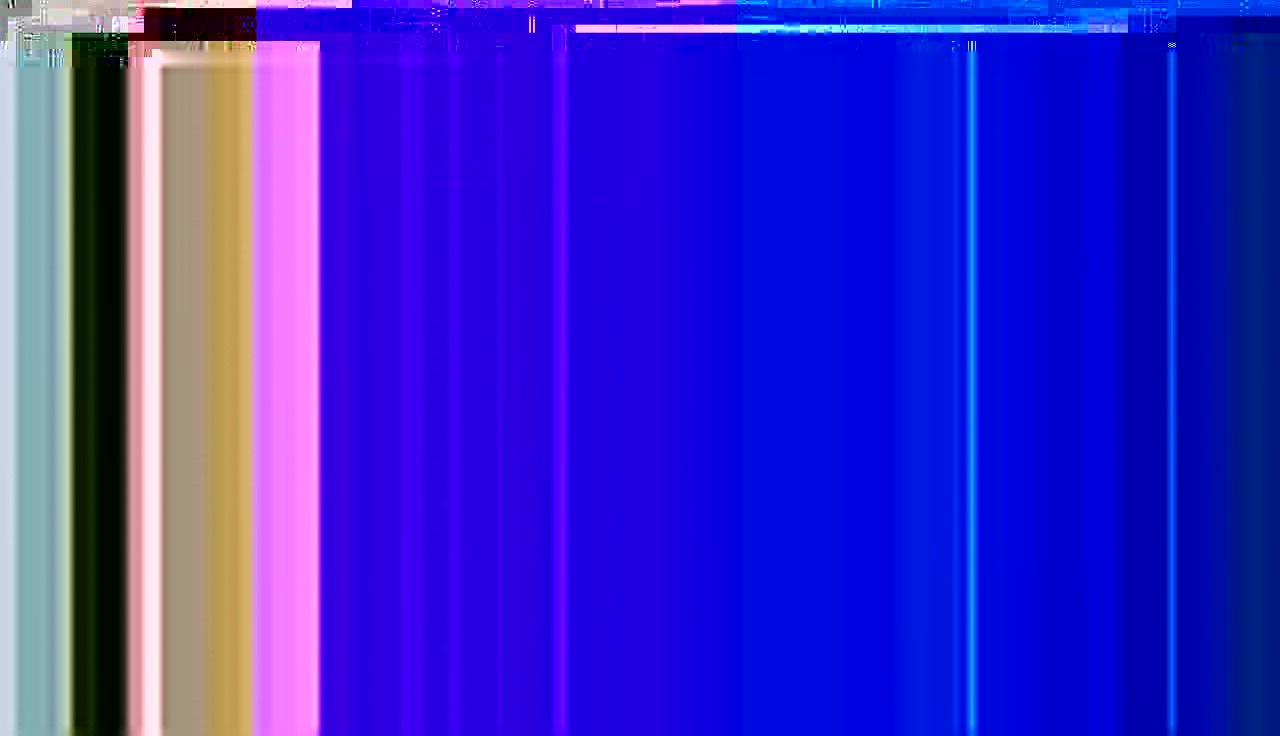
As part of a project to understand how media and art can interact, and subsequently how they can mutually inform the politics of media control in Singapore, I was focused on how I could create something that reflected my interest in media control. More importantly, how they can be used as a medium to address and counter the themes of media control in my country.
During the course of my research into media art and media control, I was drawn to the vast coverage on the 2013 riot in Little India, Singapore, involving about 300 migrant workers. It was the first riot that had occurred in Singapore in over 50 years. According to a variety of reports from different outlets and platforms, the riot was due to distress surrounding a fatal bus accident involving a fellow 33 year old migrant worker (BBC News, 2016). Much of what was described on the news hailed the bravery of the police force, sought to antagonise migrant workers, and offered no condolences to the deceased or his family, and even went as far as to pin his death as a cause of inebriation. His name was also deliberately left undisclosed to viewers and the general public.

This brings me back to media art, particularly glitch art. Where technology is the machine that generates media, a glitch can therefore be interpreted as a point of rebellion. Just like glitches, riots and acts of rebellion as such that break out in contemporary society parallels a reaction to a rip in the fabric of a well presented and organised system of functioning. Indeed, the illusion of a rip in the fabric poses a threat to the machine. A threat that i personally find to be a necessary jolt out of an existence within a senseless servitude to the machine. Glitch art thus creates a framework for the discussion of how media has been instrumentalized to fabricate certain “truths” circulated. After all, in an address to the issue of media control, Chomsky is famously quoted,
“Citizens of the democratic societies should undertake a course of intellectual self defense to protect themselves from manipulation and control, and to lay the basis for meaningful democracy.” (Chomsky, 1995)
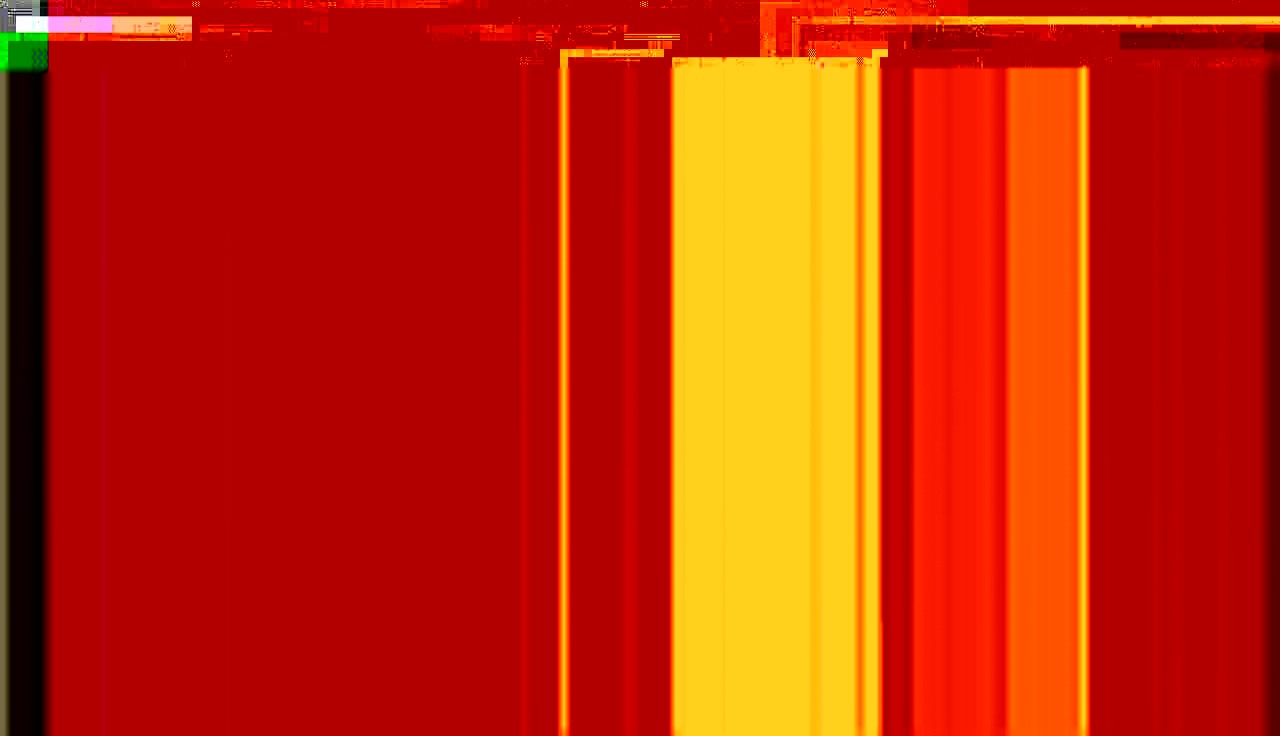
My first step to approaching this project was simple – understanding the machine. I discovered that every technological medium, whether it is an image, video or music file, was comprised of different types of encoding, and my job was to decipher them before I could begin manipulating or attempting to deconstruct or glitch them. Seems easy enough, but my very limited knowledge of the subject led to hours of frustration. With an expansive array of formats like jpeg, png, raw, pdf and many more, it was impossible to learn them all given the time that I had.
Hence, I began with what I considered the easiest, which was an image code, a jpeg code. A simple jpeg is made from a series of numbers (codes) based on the colour, resolutions, pixels etc (Wikipedia, 2016). Though plenty of the details were beyond my level of comprehension, I discovered that this was the basis for every type of encoding. Whether it is a music file, image file or video file, they could all be reduced to code. For example, the ever melodious and rhythmic tunes of Beethoven’s symphonies, when interpreted in code could be reduced to a mere myriad and mesh of pixels and dots on a screen. To glitch, then, would be to intentionally mess with the file’s original encoding. Although there is an irony that exists within creating a glitch, that is that a certain level of cautiousness is to be observed while attempting to create chaos. Pushing it too far would “break” the file, causing it to be irreparable.
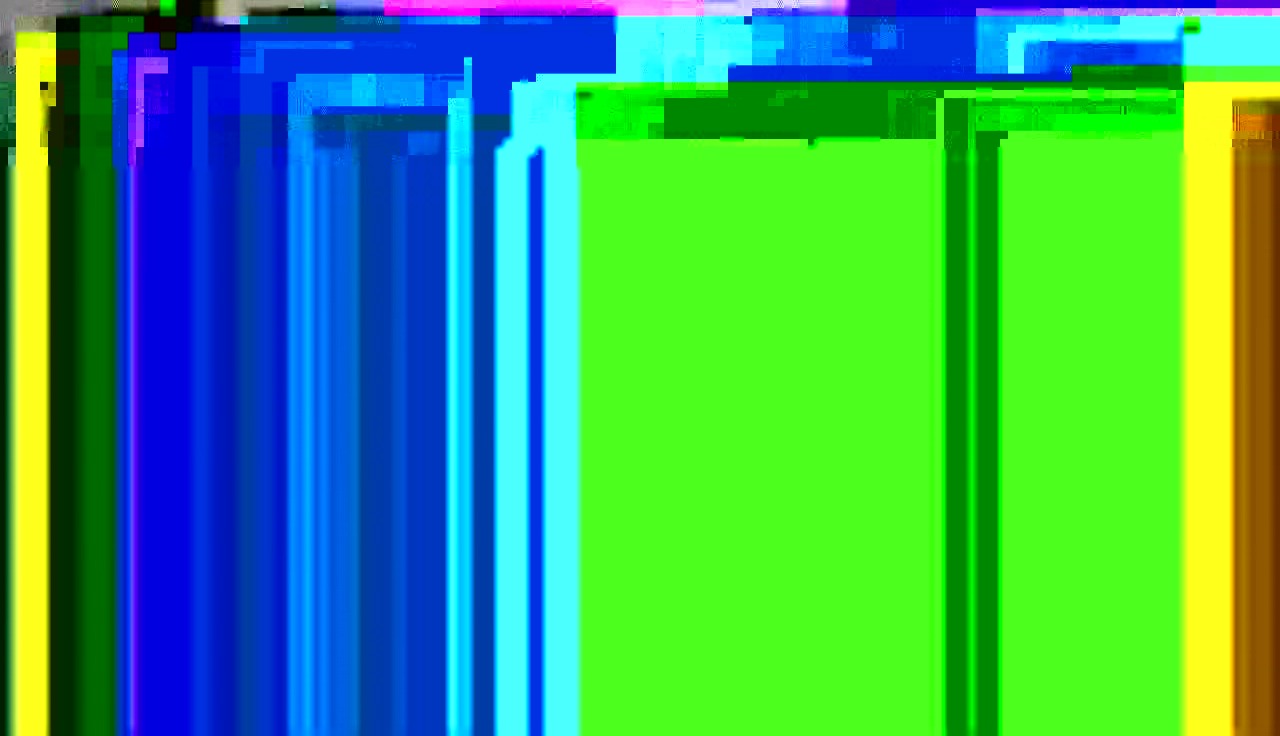
With glitch art, there is a common obsession with unpredictability or the forced destruction of the machine. Gustav Metzger, a jewish-polish artist was a large advocate for this, he observed the Nazi marches and rallies when he was younger and commented that they were “machine-like” (Jeffries, 2012), inspiring much of his works to be considered a disintegrative process, commentary on the abolishment of or defiance towards the “faultless” machine (YouTube, 2016).
Although Metzger was not a glitch artist himself, but rather categorises his work as ‘auto-destructive’, they can still be viewed as a point of departure for why artists, and for this project, myself, find glitching to be such a satisfying medium for facing up to the power of media control. This particular intersection between flawlessness of the machine and the flawed nature of human complacency towards it is what continues to propels artists to employ glitching in their art.
Alas, machines rarely make mistakes. Thus, the erratic and volatile end product of forcing a glitch is able to shift one’s perspective about the various limitations and breaking points of these machines, or even set the groundwork for understanding larger scales of operations that go unnoticed within society. And ever so often, forcing a light on a kind of injustice that is usually ignored.

My approach to this project was precisely to confront the ubiquitous nature of technology – one that was originally designed to be unfaltering and perfect, as a way to enhance human life, to process information much quicker and more efficiently than the supposed incompetency of the average human mind. I wanted to force an audience to witness how when the boundaries of technological perfection are manipulated or confronted, can lead to very unpredictable and often incredibly beautiful “broken” visual outcomes.
And that is the driving factor for why I decided to glitch images of mainstream media, particularly that which covered the 2013 riot in Little India. The idea that I could purposefully induce a glitch or technological defect, a thing that might send some of us into a frenzy, I see as a laughable blemish in human’s overweening control over every piece of technology, further utilising this to provoke reaction to a point that borders on revolt.
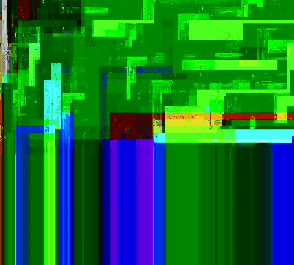
Maybe the next time we see a glitchy street sign as we walk down the street, or when our smart phones and laptops seem to defy us, turning our screens into incomprehensible hexes and glitches, we can be reminded of what us humans are truly in control of. It is fascinating to see that within a world so heavily depended on the functionality of media and technology, it is the glitch that excites us to examine an alternative, one where we need not accept what is readily handed to us. Every time technology is tampered with or malfunctions, whether it is with or without intention, it forcibly brings about a completely fresh and unforeseeable outcome – a glitch.
References
BBC News. (2016). Singapore bus death triggers riot - BBC News. [online] Available at: http://www.bbc.co.uk/news/world-asia-25294918 [Accessed 20 Apr. 2016].
Chomsky, N., 1995. Necessary illusions: Thought control in democratic societies. House of Anansi.
Jeffries, S. (2012). Gustav Metzger: ‘Destroy, and you create’. [online] the Guardian. Available at: http://www.theguardian.com/artanddesign/2012/nov/26/gustav-metzger-null-object-robot[Accessed 23 Apr. 2016].
Wikipedia. (2016). JPEG. [online] Available at: https://en.wikipedia.org/wiki/JPEG#Quantization [Accessed 10 Apr. 2016].
YouTube. (2016). Gustav Metzger : “Auto-Destructive Art” (1965, H. Liversidge). [online] Available at: https://www.youtube.com/watch?v=9nzzLdiI9eg [Accessed 25 Apr. 2016].
<-- Go back